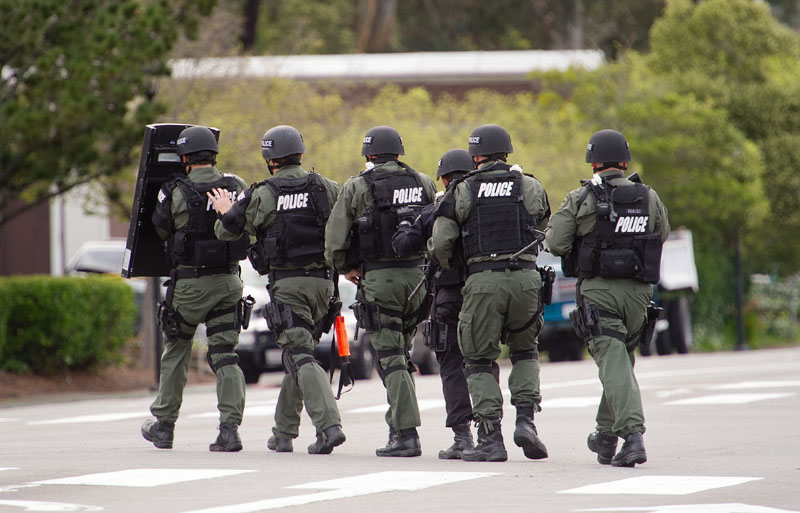
I walked yesterday farther than any day since I returned from Mexico six weeks ago. I made to the corner, the big curve in the road where the tall eucalyptus once stood and where they cut down the line of cypress trees that guarded the gully to make room for a new house. I stopped there, feeling the pain grabbing what’s left of the meniscus and thought about turning back. I’d walked to this spot a few days earlier and done just that. The pain was less this time, not shooting, not spreading throughout the joint. A bit farther, I said.
Small steps, small steps, small steps, testing the weight, testing the response, listening to the knee. Five minutes later I was at the stairs, a long concrete flight built in 1906 and called the Tainter Steps after the guy who developed this hillside north of San Francisco. The steps connected to a train that took residents to a ferry than crossed the Bay to the city, a tri-modal transport system that cars replaced after the Golden Gate Bridge opened in 1937.
Up I went. No pain. Another step. No pain. If every path led upward, I could walk anywhere, I joked to my wife. At the top, I came to a rest. Nothing hurt. Even my pride felt better. A small accomplishment in difficult times. Another 500 steps took me to my front gate, which opens onto 24 wood and brick steps that take me down to house. I descended one leg at a time. The joint is not happy when it extends and carries my body weight. Up, it tells me, not down.
Last summer, a surgeon sliced a piece of meniscus out of this knee. It was worn out, cracked and torn by a lifetime of running, tennis and other abuses. I have a trip, a work trip, in September, I told the doctor in July. It should heal fine by then, he said, and it did. I flew to New York, I walked all over, I photographed three children I met in Mexico who moved back to the U.S. to be with their father. Everything went well. No pain, plenty of gain.
I rehabbed and rehabbed. I flew to Oaxaca, Mexico, in October and walked four to six miles a day for two weeks, carrying cameras and making pictures. No pain. At the end of the year, I was back in Mexico, shooting again and also spending time with my wife. By then, six months after the surgery, I was as good as I’d been in years, which is not to say great, but good enough.
I returned home to California in mid-January. Six weeks later, I was back in Oaxaca, this time with friends. We photographed, we talked, we walked. After a week, they flew back to the U.S. I stayed to photograph a group of young transvestites I’d met a few years earlier. They were marching in a three-day festival in a local town. On the first day, I was with them from morning until night, making pictures, walking, eating, drinking, making more pictures. By the time I got back to my rented room, I’d walked more than six miles.
The next morning, Monday, the knee barked with pain. Enough, it said. No, I said. One more day. I took some pills, returned to the festival and walked five miles more. When I woke Tuesday morning, the knee refused my weight. I stumbled through another five days in Oaxaca, taking cabs or buses, shooting in downtown neighborhoods, trying not to walk. Still, the step-counter on my phone reached 4.8 miles one day.
I flew home on March 9 and have not walked more than a block since until yesterday.
The injury is my fault. I accept that. I worry, though, that a doctor, once these days of quarantine have passed, will tell me that the damage is irreparable, either by rest or by surgery. Rest as a cure seems unlikely. The transvestite parade was seven weeks ago. After a lifetime of injuries, I know that what doesn’t heal on its own after that amount of time isn’t likely to. If surgery is the solution, or the hope of a solution, it would not happen for months given the state of the health-care system and I will lose the rest of the year to recovery.
Such is my quarantine. Books, photographs, cooking. Small steps while marooned in the big world.


